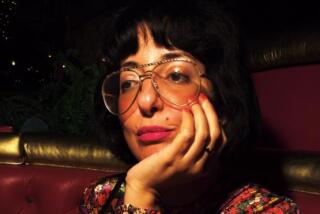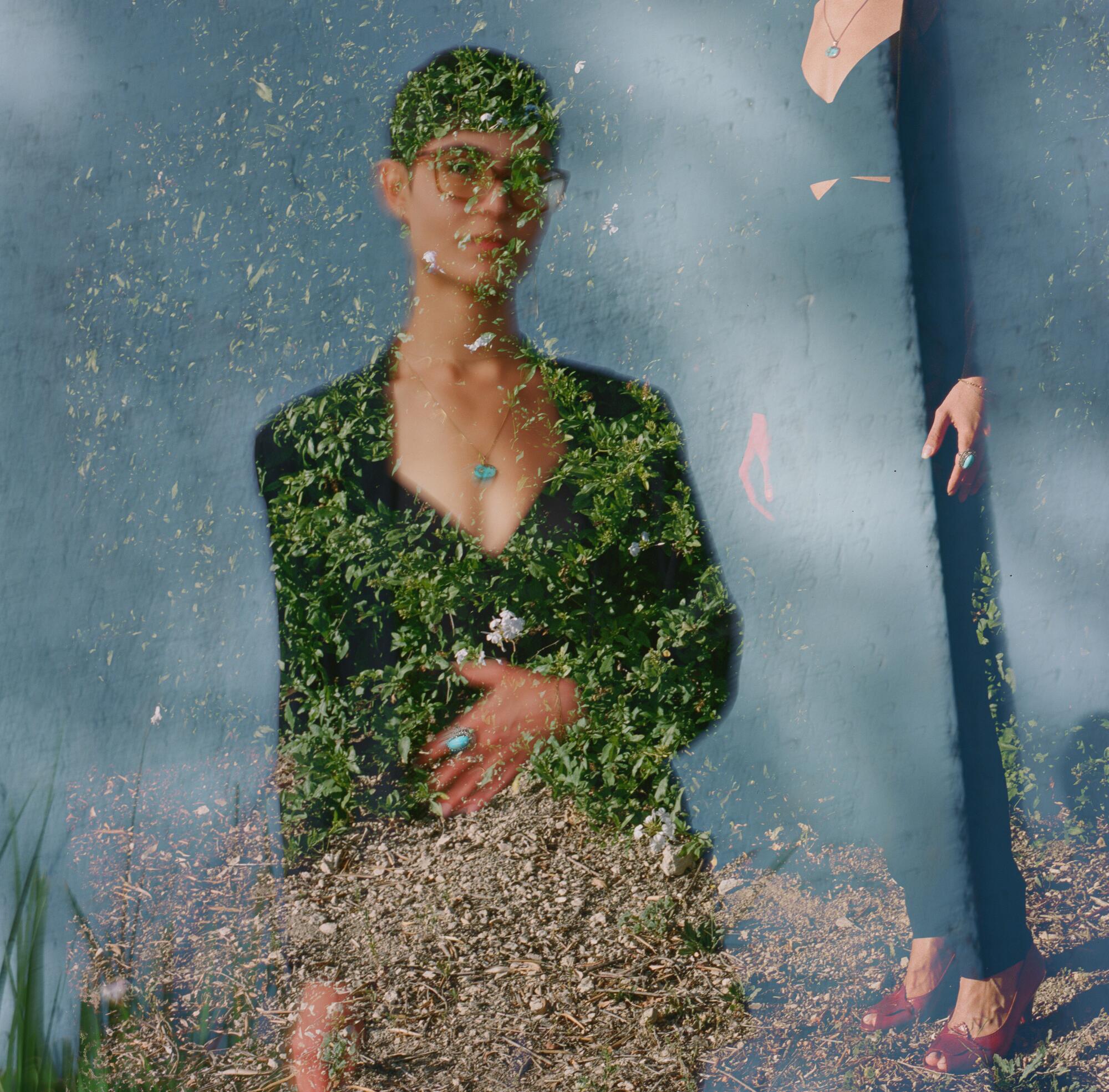
This story is part of Image issue 10, “Clarity,” a living document of how L.A. radiates in its own way. Read the full issue here.
It is the biggest bling we own.
The center stone’s as wide as our mother’s fingernail and twice as long: turquoise clear as the spring water back in Shemiran, her ancestral home in the mountains outside of Tehran. Far from the shaded, pond-pocked forests where we now live and further still from the Californian coastline where I — unbeknownst to me then — will one day make a home of my own.
Rippling from the turquoise, two rows of diamonds like rings of Saturn, abundant as dust and in orbit, so many shattered moons held close.
All set in a wan gold valued for its whiteness.
More stories from Clarity
L.A.’s lowrider aficionados explain why the car club plaque serves as a sacred language for the culture.
Maggi Simpkins shows what it takes to cut it as a jewelry designer in the Diamond District.
Anwar Carrots outlines the future of streetwear collabs.
Julissa James gets to the bottom of what an L.A. night really smells like.
Dave Schilling searches for the holy grail of L.A. outerwear.
A gift from my father’s father, the story goes, from our parents’ wedding in 1978.
Turquoise is his city’s specialty. For thousands of years, from empire to empire, from even before Islam came to Iran, it’s been mined outside of Mashhad, in the neighboring Nishapur, where some of Iran’s most beloved classical poets are buried.
To this day, the color of Nishapur turquoise serves as the global standard against which all other turquoise is judged. That blue. Brimming. Spacious. Celestial. So potent that the stone stands in for the evil eye, warding off jealousy, a blank blue eye open and unblinking.
Sometimes they say our grandfather had the ring presented to the bride on his behalf, after the vows, as custom goes, when guests trail past the imam to offer the newlyweds jewelry and gold coins. (Our grandfather did not attend the wedding; we know that much from the pictures, drugstore prints sheathed in crinkly plastic bound in a cheap souvenir album. On the cover: Niagara Falls at night, dancing in harlequin lights.) Though our parents are revolutionaries, we imagine our grandfather as an old emperor bestowing a favor, too important or fragile to travel, with an emissary to mule his treasure across the lands.
Sometimes they say our grandfather gifted it to the new bride himself. In the months between marrying and leaving for the Midwest, our mother and father went to Mashhad to pay their respects. We imagine him slipping the ring on her finger. It droops under its own weight, a turquoise hyacinth in bloom on the first day of spring.
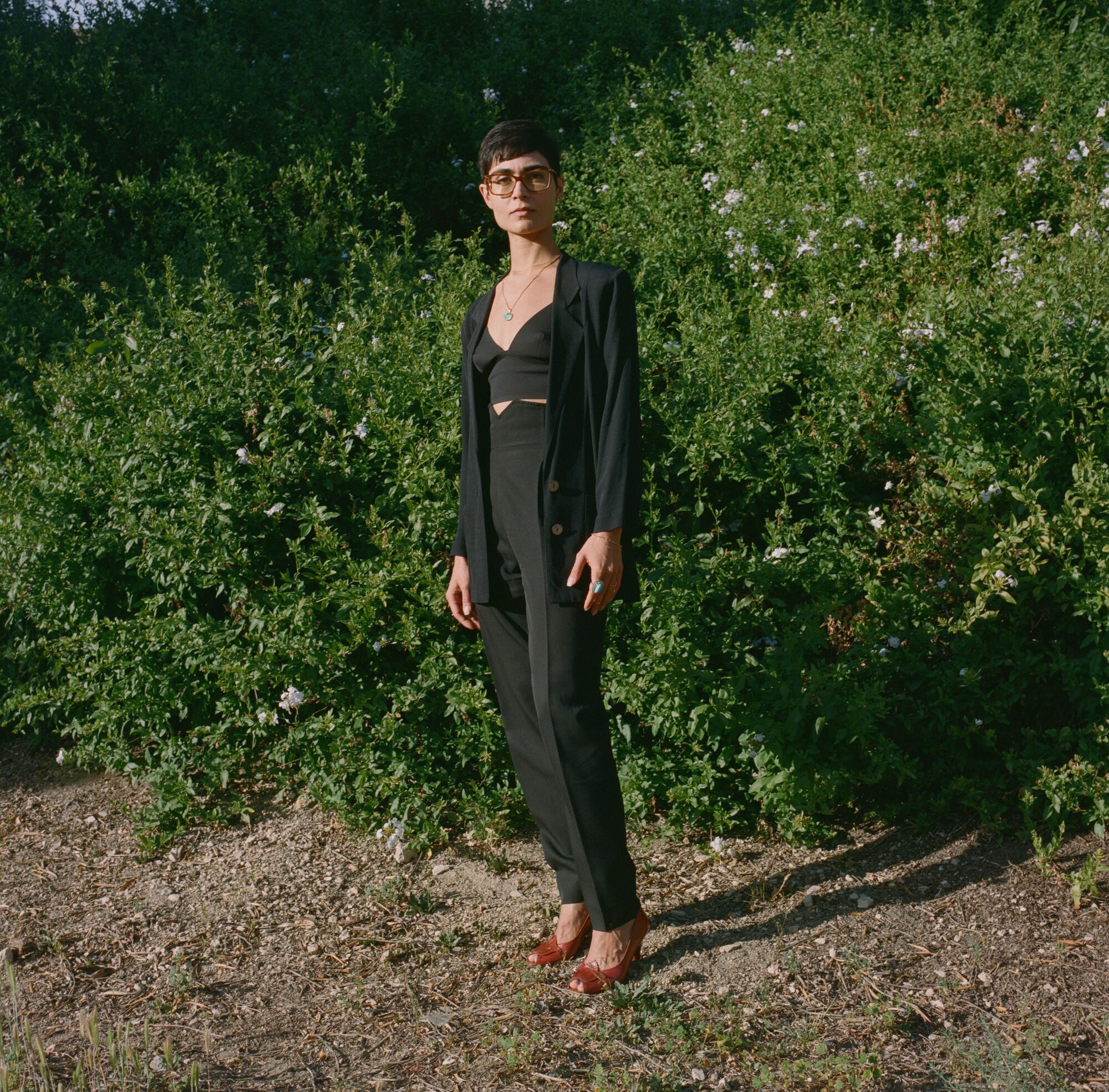
He will die before they ever make it back to Iran, 14 years later. He will die before we have a chance to meet him.
There are no photos of him in the house. This ring is what we have. Turquoise, diamonds, white gold. When our mother catches my sister and me looking at it, touching it, studying it, she warns us not to lose anything, then turns a blind eye. We try it on for size and maybe something else.
Less modesty. Though as good Muslim girls, we won’t admit it.
Less brownness. For we suspect that there’s some link between being a lady and the whiteness of the white gold.
The details in Simpkins’ one-of-a-kind rings contain stories that can make you feel all the things.
We each have a nameplate necklace in warm, yellow 18 karats we wear to school, to bed, in the shower; the prettiest of dog tags, they mark us in Arabic script.
Compared with this ring they are child’s play.
Someday, we will give our girlhood for womanhood. We will trade naked yellow trinkets for cold stones and white gold: We will trade the sun for the moon.
Only one of us will get the sky. There is one turquoise ring and two of us.
A few winters ago my partner and I decided to marry. I announced I’d pick my own ring. Firstly, don’t tell me what to wear. But also, I have fond memories of going ring shopping in Iran, a family affair in which fiancés choose their own halos. An American down-on-one-knee proposal with a surprise stone is a public performance of a supposedly private intimacy — you feign intimacy for an audience, social media avant la lettre. In Iran you admit that you and everyone’s mother will have opinions about the bling and get out ahead of it by traipsing through jewelry shops, retinue in tow.
My hybrid, hyphenated way was to do it alone. Bearing the burden of only my own tastes. My own values. No family. Just as my parents left their parents behind to study in America and then to stay — they came to Cleveland for grad school in ’78, but then the Iran-Iraq war kept them away through the ’80s, and after that, one thing led to another, one year to the next — I put thousands of miles between us when I moved West to do a PhD at UCLA.
L.A. fashion trends: my jean jacket from the Melrose gods
To find a ring I set an intention: yellow marquise diamond, yellow gold band. Since those days of playing dress-up with my sister, I’d foresworn white gold.
All gold jewelry is made from an alloy, mixing the relatively soft, pure, yellow metal with harder ones that keep their shape. The lighter the mixer, the lighter the result.
A 14th century manuscript by a Mongol court chronicler provided recipes for a rainbow of golds: white, black, red, yellow, green and more. Then in 19th century Iran, jewelers favored yellow gold in hues so rich they dripped like sunsets. The turn to white gold in the 20th century — and by the 1970s, on the brink of the revolution, when my parents got married — coincided with top-down Westernization: whiter was better. Intellectually and politically, my parents and their families rejected this “Westoxification,” as revolutionary parlance had it. But culture runs deep, marrow through bone.
Decades later, a brown woman in America, I like my bling to match my skin. Aestheticizing whiteness — whether in the color of a metal or the clarity of a stone — bolsters white power. Embracing yellow is a way to embrace brownness.
Intention set, I found myself at a Beverly Hills jeweler after a haircut, drawn by a red-and-yellow CLEARANCE banner. I was buzzed in. From “hello,” I recognized the shopkeeper’s accent as Iranian. The vitrines glittered with the usual wares. Diamonds and sapphires, pearls stringed from here to Damascus. No turquoise. They fancied themselves above it — this was the type of establishment that required pause before the door. But what could be higher than heaven?
My go-to L.A. fashion: going topless in my “hot girl” bra
Still, two items caught my eye: a pair of evil eye studs and a diamond solitaire. I asked to try the ring.
The solitaire was set in 14-karat gold, American standard. Paler than the 18 karats that flickered at my neck and wrists, dark and brooding — but yellow nonetheless, a nonnegotiable. The stone size was right, reserved without being demure, and at any rate, as big as budget allowed — bigger, in fact, than I’d hoped, thanks to the liquidation sale. And the cut was just what I wanted: a doe-eyed marquise, corners sharp and uncompromising. But white.
I took a business card and rode the bus home.
A couple weeks later, after hours spent scouring the Eastside and the internet for vintage yellow diamonds — all wildly more expensive than my clearance marquise — I went back with my fiancé. A lot of the stock had cleared. Vitrines pocked with emptiness, so many mines exploded across an arid landscape.
My marquise was still there. Left behind, waiting. Not yellow, not perfect, but mine. I took it home.
Plus, in a last-minute extravagance by my partner, the evil eye studs. A single eye lives in my right earlobe, in the second piercing (I always wear my earrings asymmetrically; the other sits safe in its box). Dust-sized diamonds with a central sapphire. I wear it to teach, to bed, in the shower. Open and unblinking, twinkling.
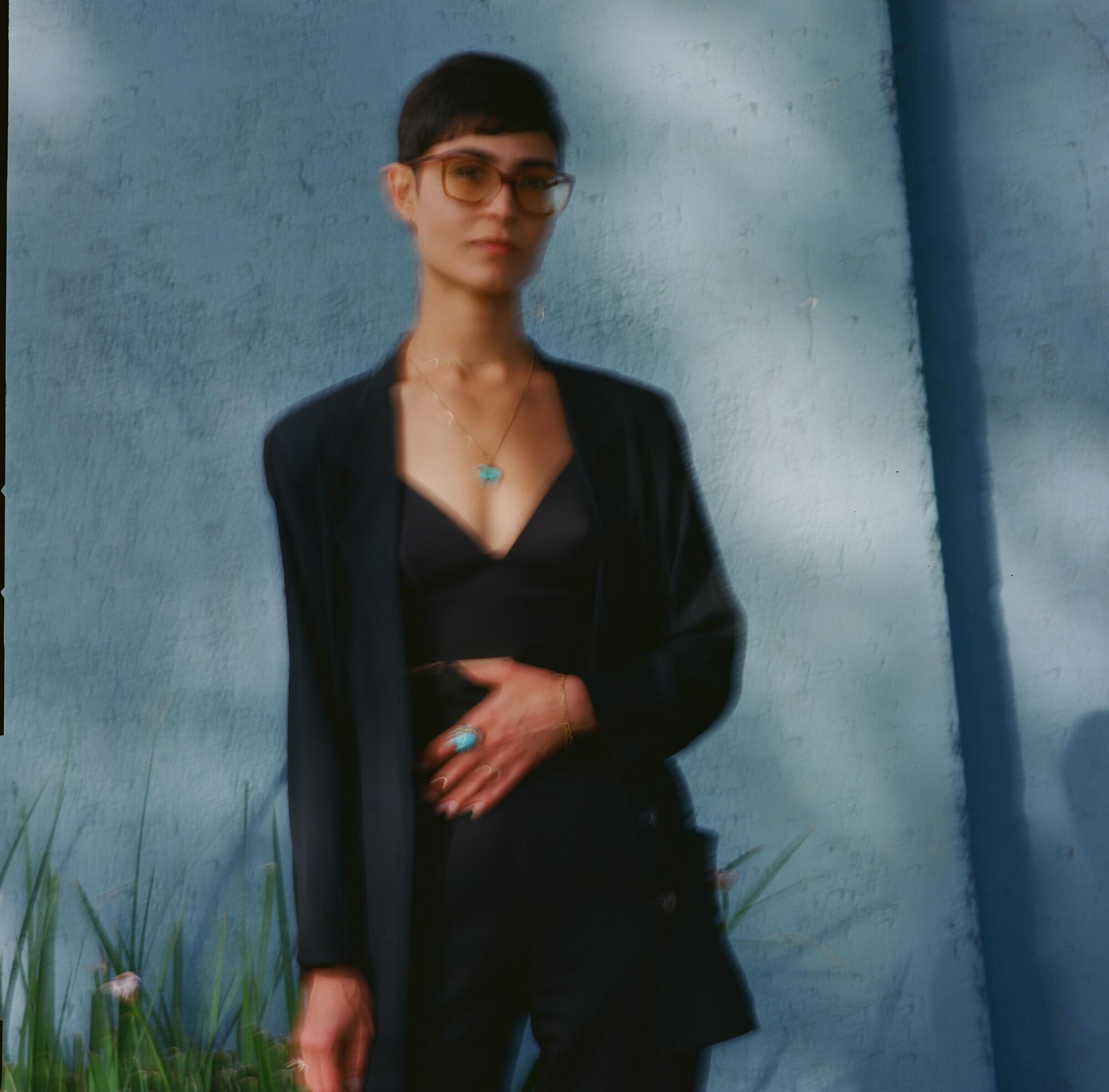
At my wedding this fall, my mother let me choose my own gift. Anything from her drawer.
I picked the old big bling. I am not the modern, modest Muslim lady my mother wanted, nor the good wife my grandfather must have envisioned in a daughter-in-law or granddaughter. But this ring is my inheritance. In all its complexity and my ambivalence. I wear it as one ring among many, a gorgeous clash.
The turquoise eye glares and guards me. White gold bows to yellow as moon to sun. The diamonds spin rainbows. Trade light for light.
Mariam Rahmani is a writer and translator based in L.A. Her translation of the contemporary Iranian cult hit “In Case of Emergency” by Mahsa Mohebali came out fall 2021. She is currently working on a debut novel.
More stories from Image
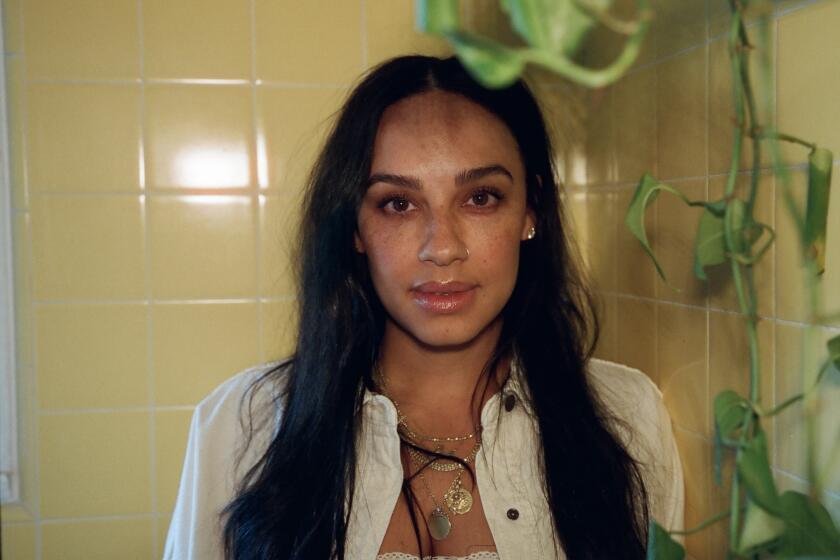
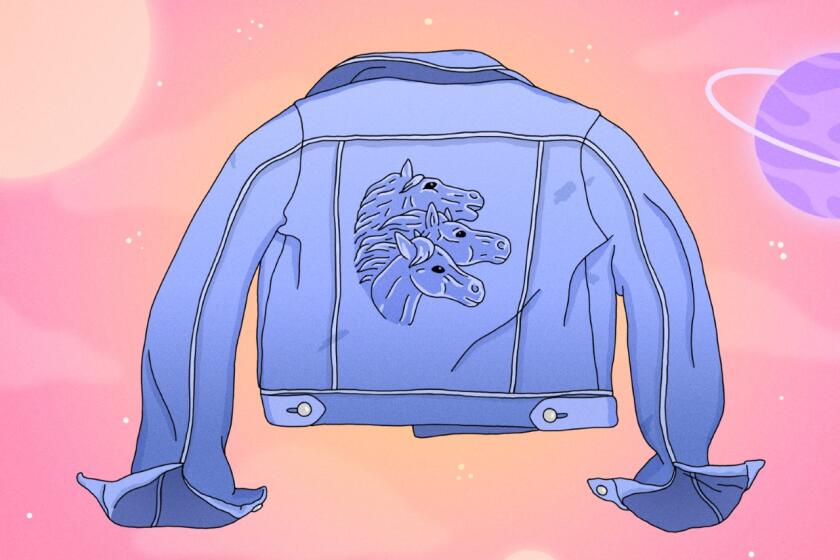
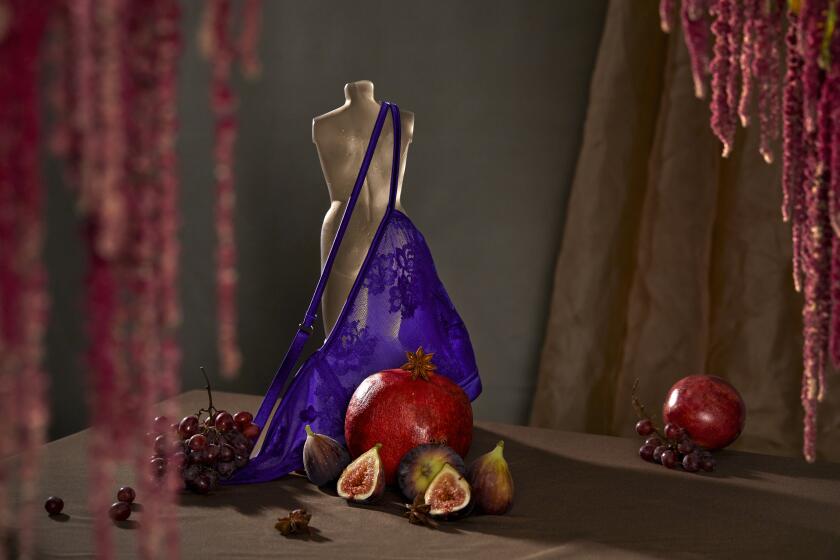

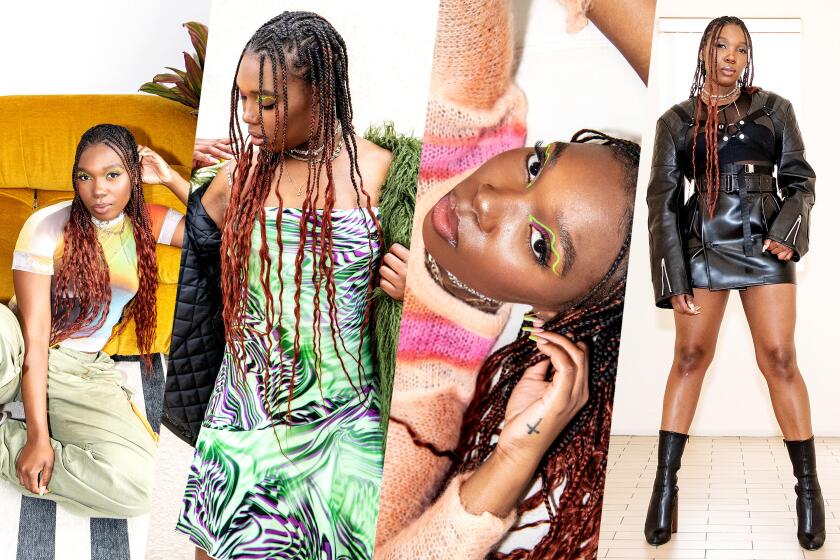
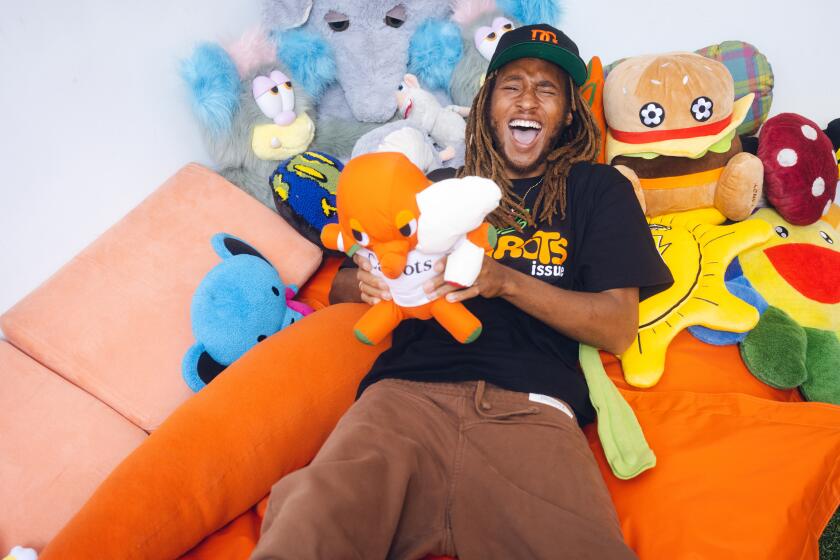
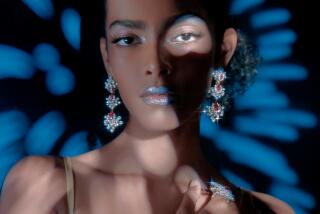
![LOS ANGELES, CA - JUNE 17: [Cody Ma and Misha Sesar share a few dishes from their Persian Restaurant Azizam] on Monday, June 17, 2024 in Los Angeles, CA. (Ethan Benavidez / For The Times)](https://ca-times.brightspotcdn.com/dims4/default/7ffc7f6/2147483647/strip/true/crop/5110x3417+306+0/resize/320x214!/quality/75/?url=https%3A%2F%2Fcalifornia-times-brightspot.s3.amazonaws.com%2F79%2Fdc%2F4d29255545f5b9813315901692bc%2F1459972-fo-azizam-review20-eba.JPG)
